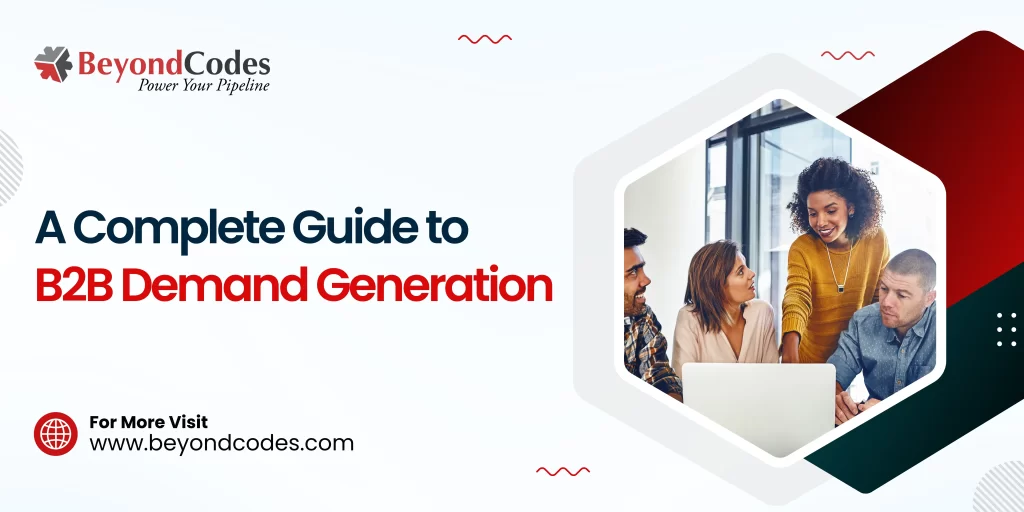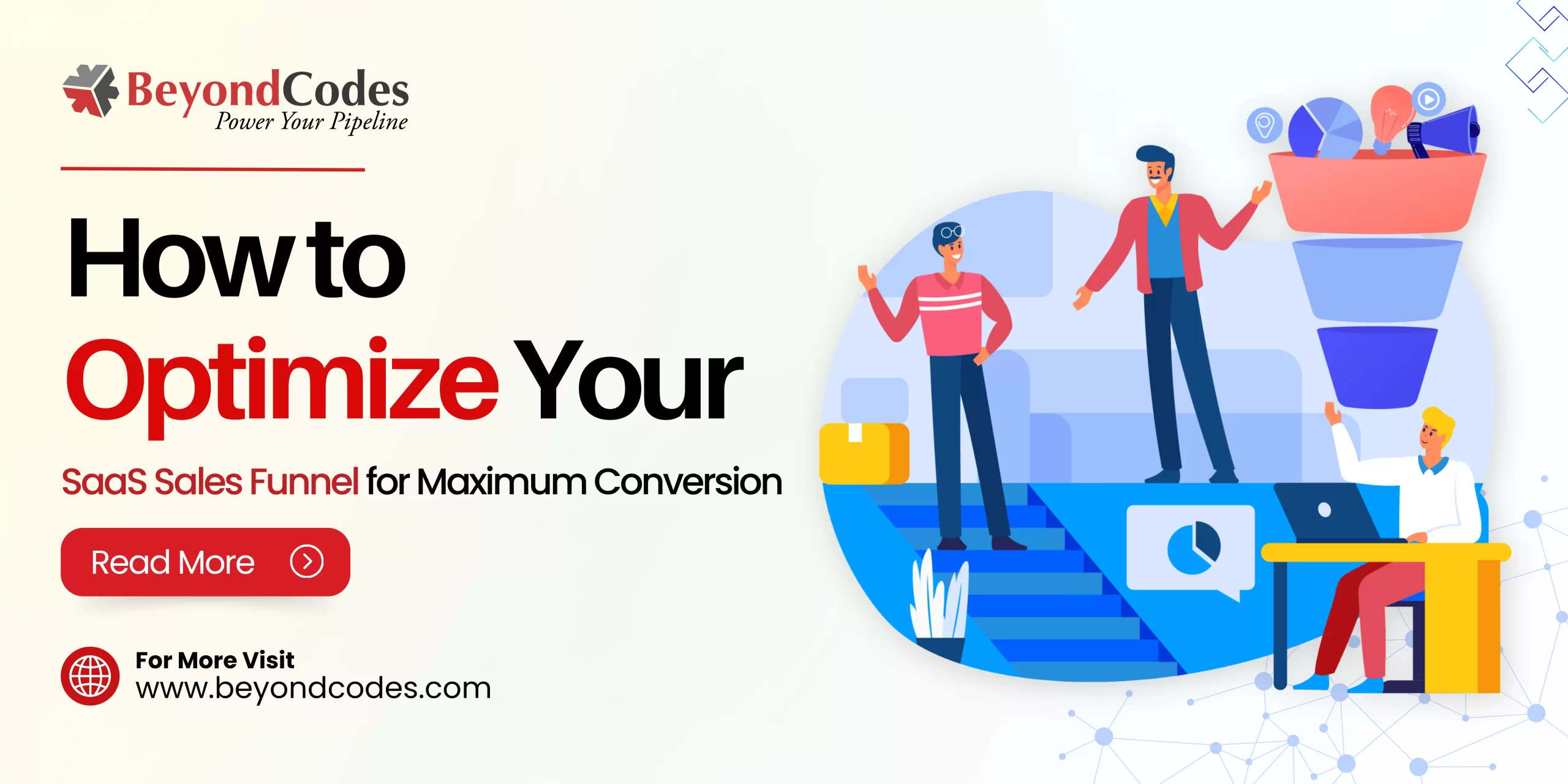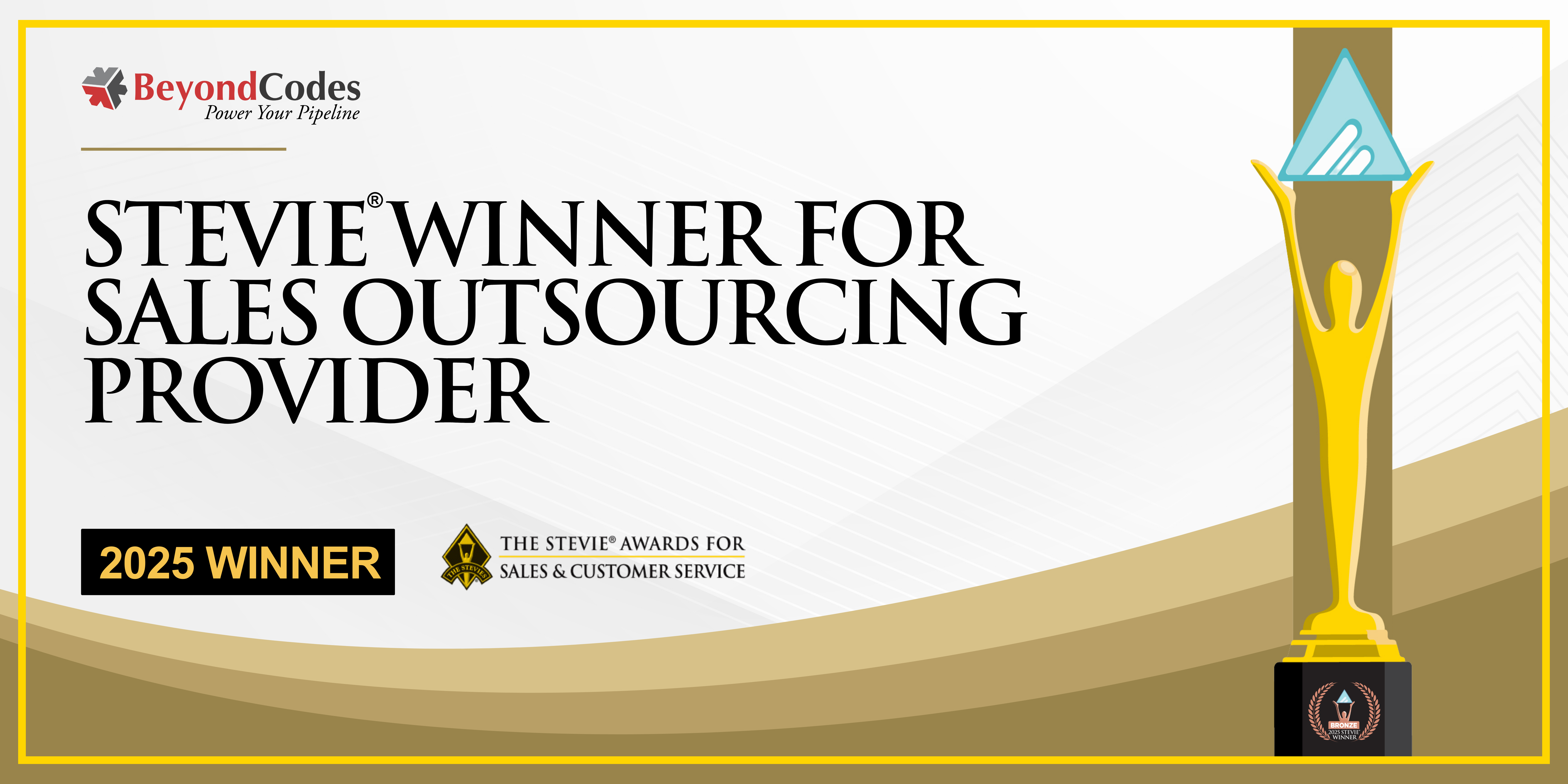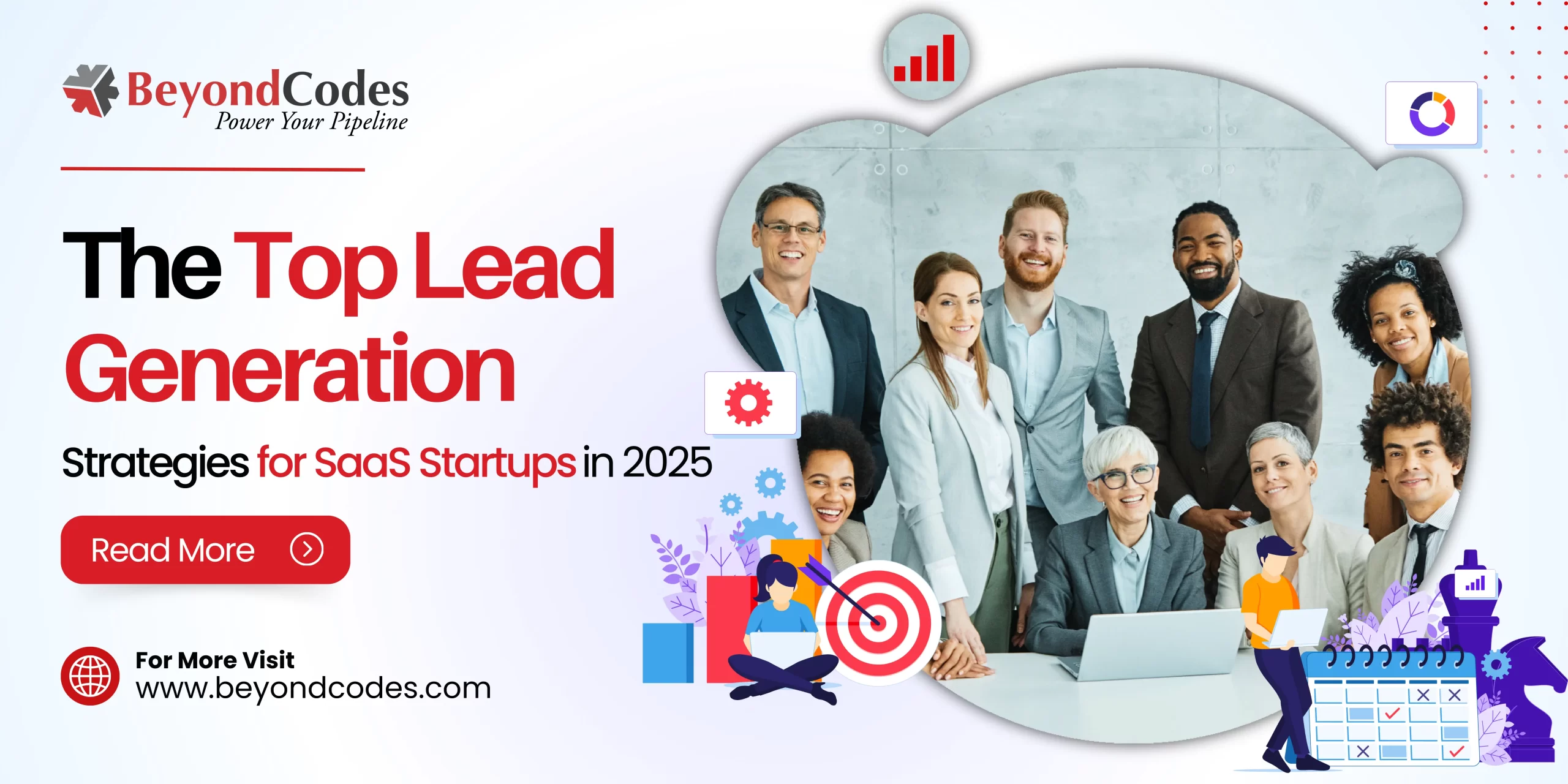Did you know that 75% of B2B marketers now prioritize customer retention and improvement in their demand generation strategies? This shift emphasizes the constantly shifting demand generation landscape, which requires ongoing monitoring and adaptability.
To be competitive, companies must analyze which methods provide the best results and allocate budgets efficiently while exploring new ways to avoid stagnation. The key challenge is to stand out in a crowded market. Demand generation is not about selling products or services but providing accurate information to the right audience at the right time.
B2B demand generation educates potential buyers about how your products or services might satisfy their needs, increasing brand awareness and emphasizing demands they may not have considered. This comprehensive guide will explore core components, strategies, and best practices to master B2B demand generation.
What is B2B Demand Generation?
B2B demand generation is a comprehensive approach designed to build awareness and interest in a company’s products or services. It involves a series of coordinated strategies to engage with your target audience, educate them, and move them through the sales funnel. The goal is to nurture meaningful connections that lead to conversions and long-term business relationships.
"Three ways to increase revenue: get more customers, get them to buy more & get them to buy more often. Demand generation helps in all cases."
- Gaurav Kumar, CEO of Beyond Codes Inc.
B2B demand generation in sales focuses on the entire customer lifecycle—from raising awareness to nurturing leads and turning them into paying customers. This integrated sales approach ensures that every interaction builds trust, educates prospects, and solves their problems. By effectively addressing the needs of potential customers at each stage, demand generation not only attracts new customers but also encourages repeat purchases and boosts customer loyalty, ultimately leading to increased sales and better customer retention.
Click Here:- SaaS Demand Generation: Igniting Growth in a Competitive Landscape
The Difference Between Demand Generation and Lead Generation
Understanding the difference between demand generation and lead generation is critical for any B2B salesperson. While both are critical components of a good sales & marketing strategy, they perform different functions and require distinct approaches to drive business growth effectively.
Aspect | B2B Demand Generation | Lead Generation |
Focus | Creating interest and desire for products/services | Capturing and nurturing potential clients’ contact information |
Stage in Funnel | Top of the funnel, creating awareness and interest | Middle to bottom of the funnel, capturing leads and moving them toward purchase |
Metrics | Measured by engagement rates, brand awareness surveys, and social media followers. | Measured by lead conversion rates, lead quality, cost per lead, and appointment setting success through cold calling and emails. |
Strategy | Focused on brand awareness, social media engagement, and webinars. | Involves direct response tactics such as email marketing, pay-per-click advertising, and appointment setting through cold calling. |
Why is B2B Demand Generation Important?
- Building Brand Awareness: B2B demand generation helps your business become more visible to potential customers. Establishing brand recognition is essential to staying top of mind for your target audience.
- Generating High-Quality Leads: Demand generation attracts high-quality leads rather than focusing solely on capturing as many leads as possible. These prospects are more likely to convert into paying customers because they have engaged with your content and understand the value of your products or services.
- Nurturing Relationships: B2B demand generation is a long-term strategy. It aims to build trust and nurture relationships with prospects and existing customers. You position your brand as a thought leader by continuously providing valuable content and solutions.
- Aligning Sales and Marketing: Demand generation helps align marketing and sales efforts. Both teams work toward the same goal of driving conversions and generating revenue. By closely coordinating with sales, marketers can focus on generating ready leads for conversion, while sales teams can spend more time closing deals.
Maximize ROI with Targeted B2B Demand Generation Solutions!
The Key Components of a Successful B2B Demand Generation Strategy
1. Target Audience Research
Understanding your target audience forms the foundation of a successful demand generation strategy. B2B decision-making processes involve multiple stakeholders, so it’s crucial to identify the right people to target and understand their needs.
Key steps in target audience research include:
- Identify Ideal Customer Profiles (ICP): Define industries, company sizes, and roles that fit your offerings.
- Understand Pain Points: Identify challenges your audience faces and how your solutions address them.
- Map the Buyer’s Journey: Recognize how your audience progresses from awareness to decision-making, allowing you to create relevant content for each stage.
2. Account-Based Marketing (ABM)
ABM is a highly targeted approach that creates personalized marketing campaigns for specific accounts. This is especially effective for B2B businesses targeting large enterprises or high-value accounts.
To execute a successful ABM strategy:
- Identify Key Accounts: Target a select number of high-value accounts likely to benefit from your solution.
- Create Customized Content: Develop personalized messaging that resonates with each account's needs.
- Close Collaboration Between Sales and Marketing: Ensure sales and marketing teams align efforts for personalized, impactful interactions with target accounts.
3. Compelling Sales Pitch
A strong sales pitch is essential for engaging prospects and converting leads. It should communicate how your product or service addresses their pain points.
- Craft a Strong Value Proposition: Clearly articulate how your solutions address prospects' pain points, making your pitch effective during cold calls and outreach efforts.
- Use Storytelling Techniques: Incorporate relevant stories that illustrate your product’s impact, making the pitch more relatable and memorable.
- Highlight Unique Selling Points (USPs): Emphasize what sets your offering apart from competitors, showcasing specific benefits that resonate with your audience.
- Practice Active Listening: Engage with prospects by asking questions and tailoring your pitch based on their responses and feedback.
4. Effective Appointment Setting
Setting appointments is crucial for moving prospects through the sales funnel. A targeted approach can significantly increase your conversion rates.
- Focus on Targeted Outreach: Utilize cold calling and tailored outreach strategies based on audience insights to boost meeting conversion rates.
- Leverage Warm Introductions: Utilize existing connections for introductions to key decision-makers, increasing the likelihood of securing appointments.
- Implement Follow-Up Strategies: Use automated reminders and personalized follow-ups to keep prospects engaged and increase the chances of securing meetings.
- Offer Value in Meetings: Communicate what value prospects will gain from the meeting, such as insights or solutions tailored to their needs.
5. Email Marketing with a LinkedIn Focus
Email remains one of the most effective channels for B2B demand generation, especially when combined with insights gained from LinkedIn. You can nurture relationships with potential clients through personalized and automated email campaigns and guide them further down the sales funnel.
Effective email marketing for B2B demand generation includes:
- Segmentation: Leverage LinkedIn insights to segment your email list by industry, job title, or past interactions. This ensures that each message is highly relevant to the recipient.
- Personalization: Customize your email content based on the recipient’s needs, pain points, and buying stage. A personalized approach will increase open rates and engagement.
- Automation: Implement automated email workflows to nurture leads over time. For example, after connecting with someone on LinkedIn, follow up with an email thanking them for the connection and offering valuable resources, like related content based on their interests.
- LinkedIn Integration: LinkedIn is used to identify potential leads and gather insights before creating the email. Mention mutual connections or shared interests to build rapport and establish credibility.
Best Practices for B2B Demand Generation
1. Focus on the Full Buyer’s Journey
B2B demand generation is not just about acquiring leads. It’s about guiding your prospects through the entire buyer’s journey, from awareness to consideration to purchase. To do this effectively, you must create content that addresses their needs at each sales funnel stage.
- Top of the Funnel (Awareness): At this stage, your goal is to educate and raise awareness. Create content that identifies common challenges your target audience faces and offers high-level solutions. Blog posts, infographics, and social media content work well here.
- Middle of the Funnel (Consideration): Prospects are evaluating their options at this stage, so you must provide more in-depth content explaining how your product or service solves their specific problems. Case studies, webinars, and whitepapers are effective at this stage.
- Bottom of the Funnel (Decision): At this stage, your prospects are ready to decide. Provide content like product demos, pricing information, and customer testimonials to help them finalize their choice.
2. Measure and Analyze Your Performance
Data should drive your demand generation strategy. You can track key performance metrics and determine what’s working and what’s not. Common metrics to track include:
- Website Traffic: Monitor your site’s overall traffic and traffic to specific landing pages.
- Lead Conversion Rates: Track how many of your visitors are converting into leads and how many of those leads are becoming customers.
- Email Open and Click Rates: Analyze your email performance to see if your messaging resonates with your audience.
- Cost Per Lead (CPL): Calculate the cost of acquiring each lead through paid advertising campaigns.
3. Test and Optimize
B2B demand generation is an ongoing process that requires constant testing and optimization. Experiment with different types of content, messaging, and formats to see what resonates best with your audience. For instance, you can A/B test different email subject lines or call-to-action buttons to see which performs better.
The Role of a Demand Generation Agency
Partnering with a demand generation agency can be a valuable investment for businesses looking to scale quickly or gain access to specialized expertise. A demand generation agency specializes in crafting comprehensive strategies aligning with your business’s goals.
Some of the benefits of working with a demand generation agency include:
- Expertise: Agencies bring in-depth knowledge of industry best practices, which can help you avoid common pitfalls and accelerate your success.
- Efficiency: Outsourcing demand generation efforts allows your in-house marketing and sales teams to focus on other important tasks.
- Scalability: Agencies can help scale your demand generation efforts as your business grows, ensuring you can handle increased demand and capture new market opportunities.
Conclusion: Achieving Success with B2B Demand Generation
B2B demand generation is essential for any business looking to attract new customers, retain existing ones, and drive sustainable growth. It requires creativity, data analysis, and a deep understanding of your target audience. Following the strategies and best practices outlined in this guide, you can create a demand generation sales plan that drives leads and fosters long-term customer relationships.
Whether you manage demand generation efforts internally or hire a demand generation agency like Beyond Codes, the key is to remain consistent, continuously improve, and focus on providing value to your audience. Doing so will establish your business as a trusted partner and expert in your field, setting the stage for long-term success.
Boost leads and revenue—start your B2B demand generation today!
FAQs
Answer.
B2B demand generation focuses on building awareness and informing prospects, guiding them through the entire customer journey—from initial interest to conversion. This strategy includes multiple touchpoints, such as appointment setting through cold calling or emails. Lead generation is a subset of demand generation and specifically focuses on capturing contact details, such as names and emails, to generate leads for the sales team to follow up on.
Answer.
The timeline for seeing results from a B2B demand generation strategy can vary depending on factors like the size of your target market, the complexity of the buyer’s journey, and the resources invested. Typically, businesses may begin to see improvements in website traffic and lead quality within 3 to 6 months, but full ROI often takes longer as it requires nurturing leads through the sales funnel.
Answer.
The most effective strategies for B2B demand generation include email campaigns, webinars, case studies, and appointment setting through cold calling. Each strategy serves a specific purpose in the buyer’s journey—email campaigns help raise awareness, while webinars, case studies, and cold calling are great for nurturing leads during the consideration phase.
Answer.
Yes, paid advertising can be valuable to your B2B demand generation strategy. It can help amplify your reach and target specific segments of your audience more efficiently. Platforms like Google Ads and LinkedIn Ads allow for precise targeting based on job titles, industries, and other demographic factors, ensuring your ads are seen by decision-makers in your target market.
Answer.
Hiring a demand generation agency can be beneficial when your internal marketing team lacks the expertise or bandwidth to execute a comprehensive strategy. Agencies offer specialized knowledge and experience, helping you scale your efforts more quickly and efficiently. If you’re looking to grow your lead pipeline rapidly or need help aligning your marketing and sales efforts, partnering with an agency might be the right choice.







